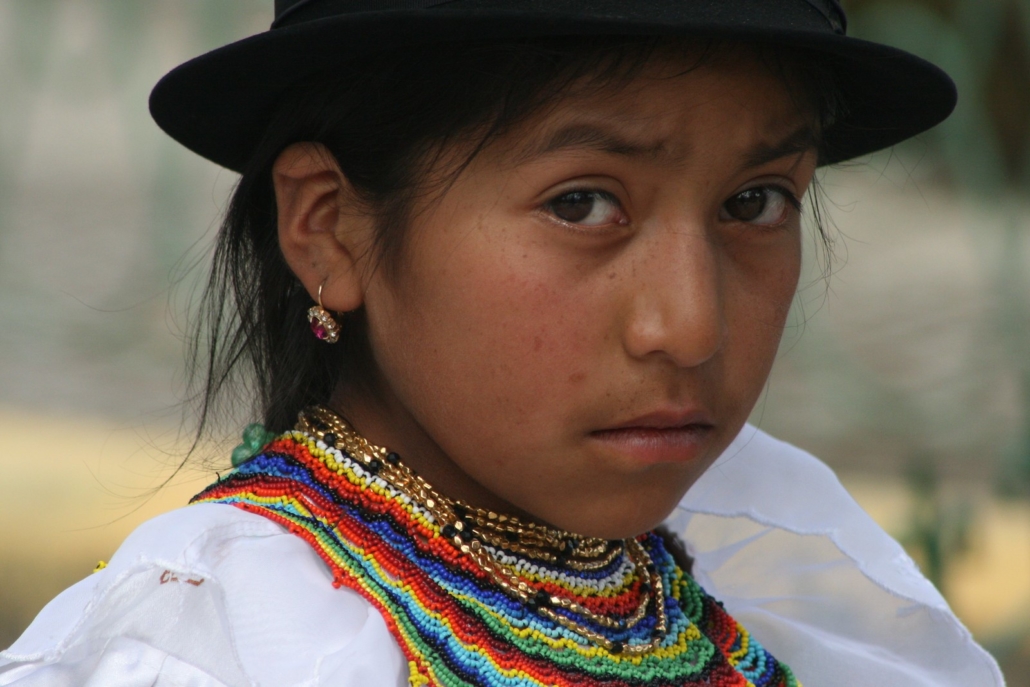Human Trafficking in Ecuador

Human Trafficking has become a global and commonplace issue that hampers the needs and will of millions of people around the world. Human trafficking rings have become commonplace in Ecuador, a South American country with a population of more than 17 million people and 4 million in poverty. Criminal organizations have targeted people in Ecuador so they can attain wealth and power in a place full of unemployment and economic struggles. However, many new programs have emerged to combat human trafficking in Ecuador including a joint campaign between the Ecuadorian government, the U.N. and the U.S. government.
The History Behind Trafficking
Researchers at the University of New Mexico reported that 5,000 yearly cases of child kidnappings have occurred related to human trafficking in Ecuador since the beginning of the early 21st century. The researchers also found that 80% of all cases involved women and girls. Ecuador’s human trafficking situation began as a serious issue that consumed the country of Ecuador starting in the early 1980s but has picked up steam in the last five years.
The crumbling economics of South American countries like Ecuador and neighboring Venezuela has created an influx of migration, mainly between Venezuela and Ecuador. These individuals have become susceptible to trafficking rings that use them for illegal activity such as child labor or domestic service upon plantations, fishing plants and mines to name just a few. Although many trafficking rings have operated without interaction, Ecuador has started a change within the country, stemming from outside help, to establish a better protective wall against illegal human trafficking. As mentioned in the article from the United Nations Office of Drugs and Crime (UNODC), “According to the 2018 UNODC Global Report on Trafficking in Persons, 72 per cent of detected human trafficking victims are women and girls. Ecuador fits this trend, but groups such as people with disabilities, returned migrants, indigenous communities, and youth with access to the Internet are also vulnerable.”
The Reasons for Human Trafficking in Ecuador
Human trafficking in Ecuador has become a commonplace issue due to its weak monetary and social infrastructure. Many people are out of jobs and live off dangerous side hustles, resulting in them being a target for many trafficking groups. A recent profile of human trafficking in different regions of Ecuador from scholars at The University of New Mexico found that traffickers are likely to target certain individuals. Many of these individuals are immigrants who come from neighboring countries like Venezuela, which has been suffering financially for the last decade. Discriminated groups like the LGBTQ community are also likely to fall into human trafficking in Ecuador.
Solutions
Although human trafficking has become a growing epidemic in Ecuador, various measures and movements have emerged to dictate a change from within Ecuador, a country that had a poverty rate of higher than 24% in 2017. One of those changes was the introduction of increased international support from the U.S. The U.S. Department of State has recommended stronger prosecution laws regarding the criminalization of labor traffickers. As a result, Ecuador’s laws prescribe penalties from 13 to 16 years of imprisonment as opposed to the previous penalties of an average of 8 years.
The Ecuadorian government has also dictated a new code of ways to prevent human trafficking in Ecuador. With the U.S. government, it created a campaign named #AQUIESTOY with the intention of creating an awareness of human trafficking in the country. The campaign reached over 88 million people by April 2019. Ecuador also established a hotline that people can use to counter human trafficking situations.
Along with a stronger force of prosecution and prevention, protections have emerged for human trafficking victims. Units such as the Office of the Prosecutor General’s formal witness protection program (SPAVT) provide aid to victims of human trafficking by granting them medical care, legal provisions, aid in garnering employment or accessing education and more. Reports determined that investigative and financial support of up to $400,000 went towards helping victims and potential victims.
Concluding Thoughts
Ecuador is an ever-developing country that kidnappings and trafficking have hit. However, the situation should be able to improve with help from the Ecuadorian government as well as outside sources. With more time and support, human trafficking in the country can become an unlikely tragedy rather than an everyday situation.
– Mario Perales
Photo: Flickr
